
PENN Entertainment, Insight Enterprises, and Sphere Entertainment are the three Esports stocks to watch today, according to MarketBeat’s stock screener tool. Esports stocks are shares of publicly traded companies whose core business is connected to competitive video gaming—this can include game publishers, professional league operators, streaming platforms, hardware makers and other service providers in the esports ecosystem. By buying these stocks, investors gain exposure to the rapidly growing industry of organized gaming competitions, live broadcasts and associated sponsorships. Their performance typically hinges on factors like game popularity, audience engagement, media rights deals and innovations in gaming technology. These companies had the highest dollar trading volume of any Esports stocks within the last several days.
PENN Entertainment (PENN)
PENN Entertainment, Inc., together with its subsidiaries, provides integrated entertainment, sports content, and casino gaming experiences. The company operates through five segments: Northeast, South, West, Midwest, and Interactive. It operates online sports betting in various jurisdictions; and iCasino under Hollywood Casino, L’Auberge, ESPN BET, and theScore Bet Sportsbook and Casino brands.
PENN stock traded up $0.51 during trading on Tuesday, reaching $15.59. 1,282,886 shares of the company were exchanged, compared to its average volume of 4,202,173. The company has a 50-day moving average of $15.52 and a two-hundred day moving average of $18.44. The company has a market capitalization of $2.35 billion, a price-to-earnings ratio of -4.38, a P/E/G ratio of 1.55 and a beta of 1.81. PENN Entertainment has a twelve month low of $13.25 and a twelve month high of $23.08. The company has a debt-to-equity ratio of 2.34, a current ratio of 0.94 and a quick ratio of 0.94.
Read Our Latest Research Report on PENN
Insight Enterprises (NSIT)
Insight Enterprises, Inc., together with its subsidiaries, provides information technology, hardware, software, and services in the United States and internationally. The company offers modern platforms/infrastructure that manages and supports cloud and data platforms, modern networks, and edge technologies; cybersecurity solutions automates and connects modern platform securely; data and artificial intelligence modernizes data platforms and architectures, and build data analytics and AI solutions; modern workplace and apps; and intelligent edge solutions that gathers and utilizes data for real-time decision making.
NSIT stock traded up $4.69 during trading on Tuesday, reaching $136.77. 69,568 shares of the company were exchanged, compared to its average volume of 323,621. The company has a 50-day moving average of $138.32 and a two-hundred day moving average of $152.20. The company has a market capitalization of $4.37 billion, a price-to-earnings ratio of 20.98, a P/E/G ratio of 1.40 and a beta of 1.22. Insight Enterprises has a twelve month low of $126.10 and a twelve month high of $228.07. The company has a debt-to-equity ratio of 0.30, a current ratio of 1.18 and a quick ratio of 1.15.
Read Our Latest Research Report on NSIT
Sphere Entertainment (SPHR)
Sphere Entertainment Co. engages in the entertainment business. It produces, presents, or hosts various live entertainment events, including concerts, family shows, and special events, as well as sporting events, such as professional boxing, college basketball and hockey, professional bull riding, mixed martial arts, and esports and wrestling in its venues, including The Garden, Hulu Theater, Radio City Music Hall, and the Beacon Theatre in New York City; and The Chicago Theatre.
SPHR traded up $0.62 during trading on Tuesday, reaching $38.00. 214,053 shares of the company’s stock were exchanged, compared to its average volume of 810,005. Sphere Entertainment has a one year low of $23.89 and a one year high of $50.88. The company has a current ratio of 0.56, a quick ratio of 0.56 and a debt-to-equity ratio of 0.23. The stock has a market capitalization of $1.36 billion, a PE ratio of -3.62 and a beta of 1.51. The firm has a fifty day moving average price of $30.92 and a two-hundred day moving average price of $37.46.
Read Our Latest Research Report on SPHR
Featured Articles






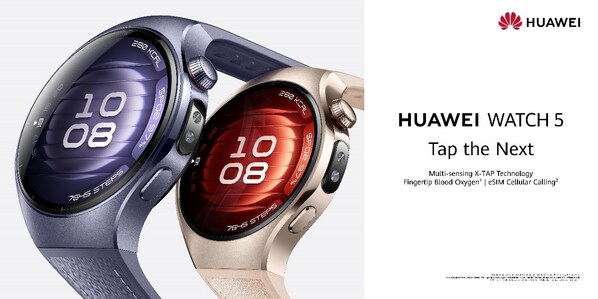


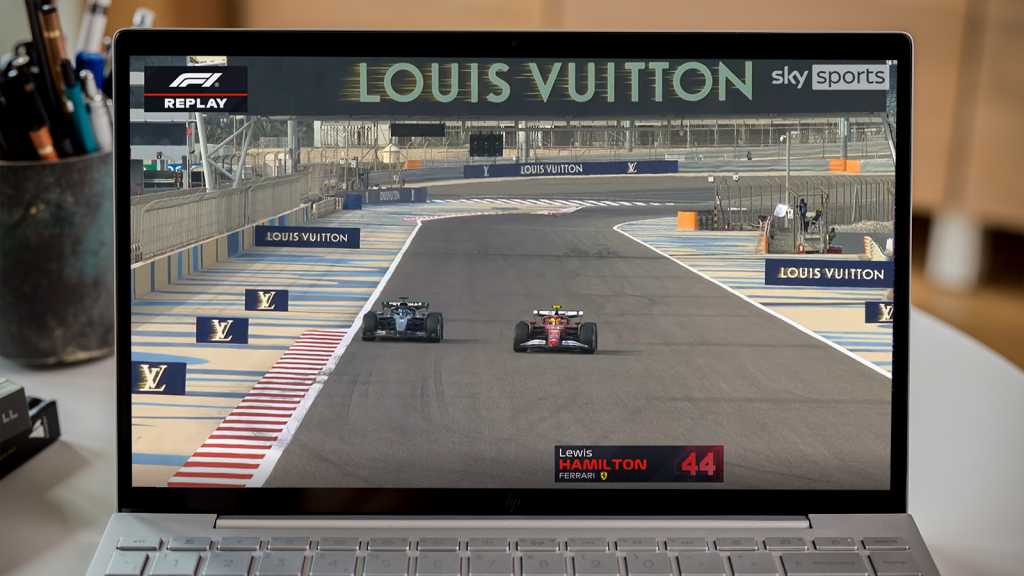
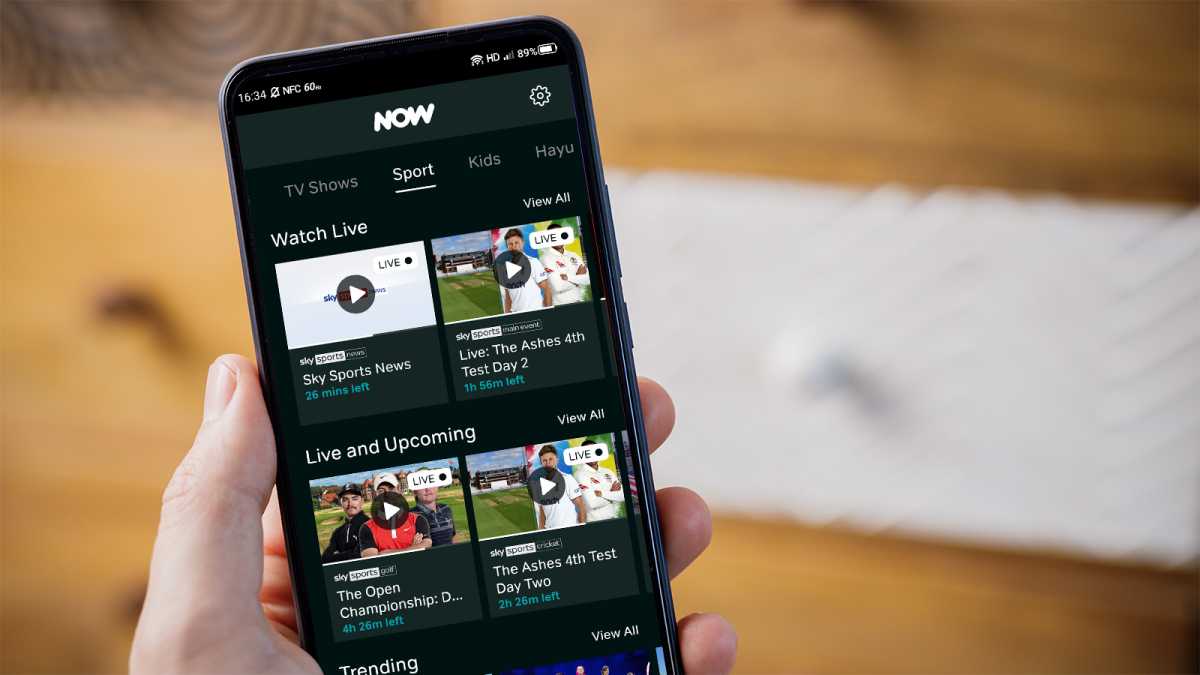

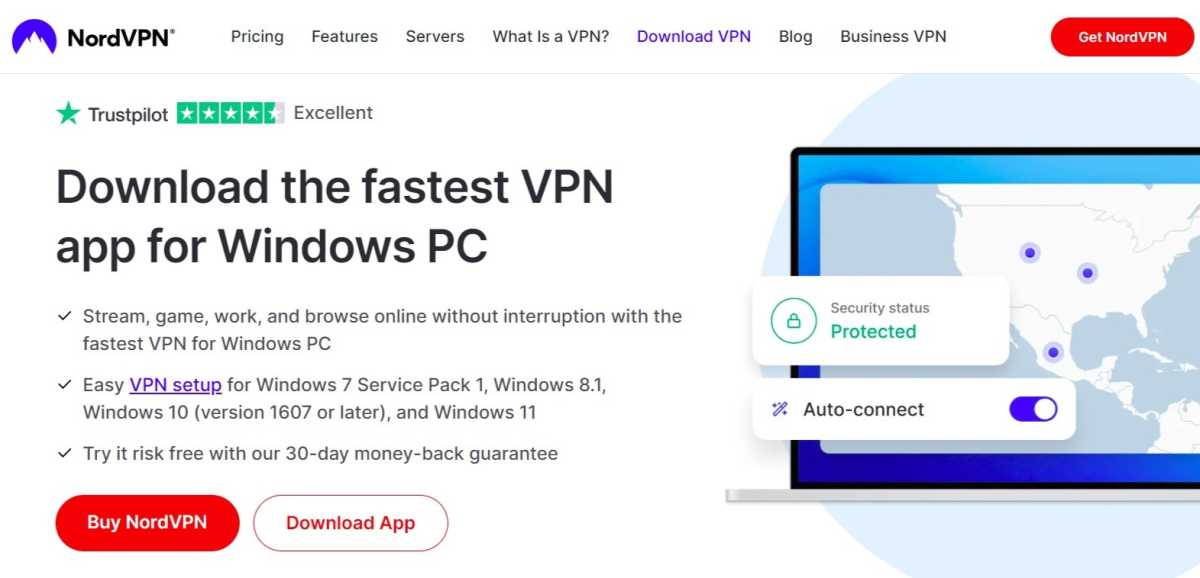




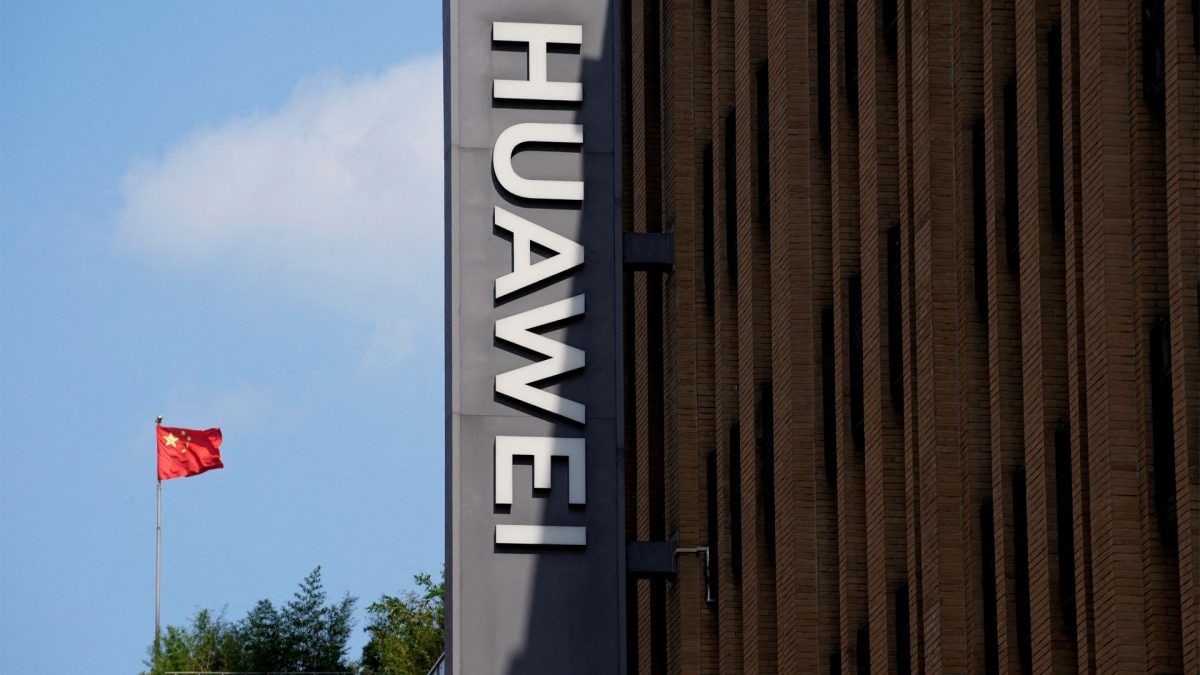
















 Perk STRONGLY supports New York over Indiana + J.B. Bickerstaff’s analysis | NBA Today
Perk STRONGLY supports New York over Indiana + J.B. Bickerstaff’s analysis | NBA Today






































